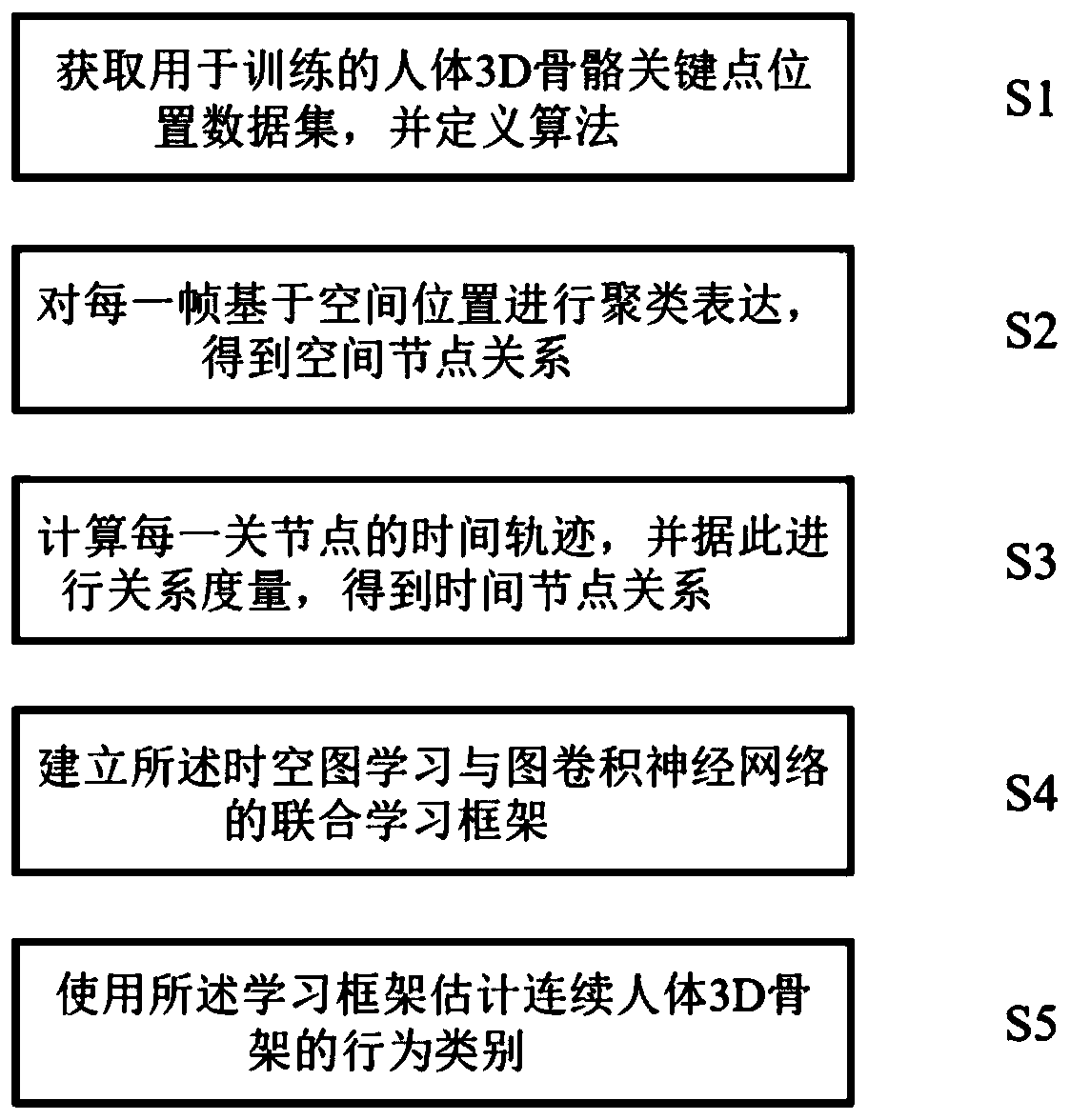Behavior recognition method for learning human skeleton of neural network based on end-to-end space-time diagram
A neural network and human skeleton technology, applied in the field of computer vision, can solve problems such as not considering semantic information
- Summary
- Abstract
- Description
- Claims
- Application Information
AI Technical Summary
Problems solved by technology
Method used
Image
Examples
Embodiment
[0105] The implementation method of this embodiment is as described above, and the specific steps will not be described in detail. The following only shows the effect of the case data. The present invention is implemented on two data sets with ground-truth labels, namely:
[0106] NTU-RGB+D dataset: This dataset contains 37920 training skeleton sequences and 18960 test skeleton sequences;
[0107] Kinetics dataset: This dataset extracts the 2D skeleton sequences in the Kinetics video dataset, including 240,000 training skeleton sequences and 20,000 test skeleton sequences;
[0108] The main process of skeleton-based behavior recognition is as follows:
[0109] 1) Using the results of each frame clustering to obtain the spatial node relationship of the skeleton sequence;
[0110] 2) Use the trajectory of each node to obtain the time node relationship of the skeleton sequence;
[0111] 3) Use a 10-layer graph convolutional network, where the graph input of each layer of the g...
PUM
 Login to View More
Login to View More Abstract
Description
Claims
Application Information
 Login to View More
Login to View More - R&D
- Intellectual Property
- Life Sciences
- Materials
- Tech Scout
- Unparalleled Data Quality
- Higher Quality Content
- 60% Fewer Hallucinations
Browse by: Latest US Patents, China's latest patents, Technical Efficacy Thesaurus, Application Domain, Technology Topic, Popular Technical Reports.
© 2025 PatSnap. All rights reserved.Legal|Privacy policy|Modern Slavery Act Transparency Statement|Sitemap|About US| Contact US: help@patsnap.com



